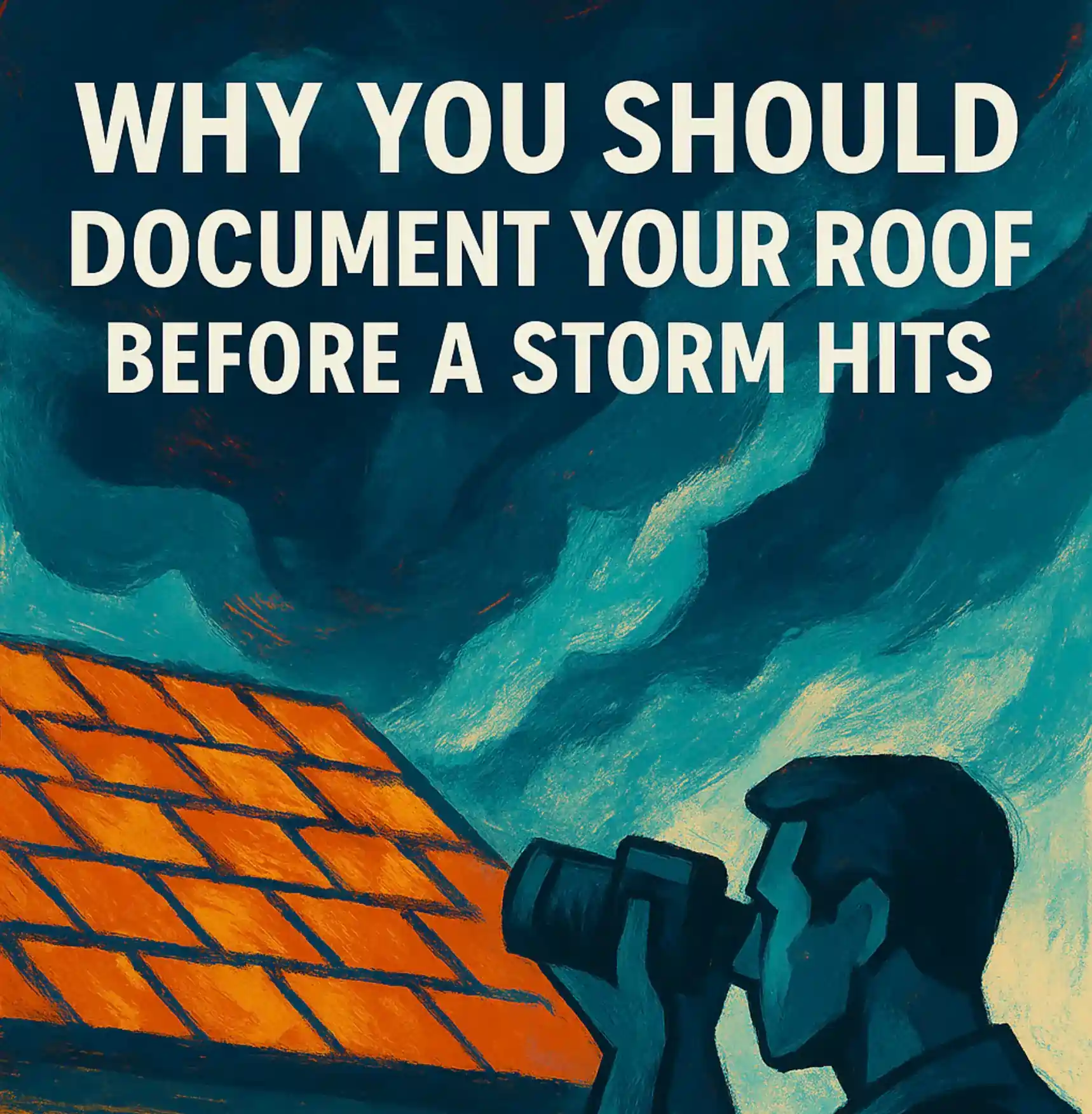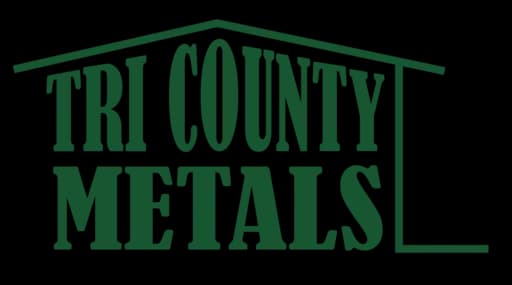“The Associated General Contractors of America reports a national survey of more than 1,000 contractors finds more than 80% are having a hard time filling building trades craft worker positions, and they don’t expect this to improve soon.”
At SonShine Roofing, we’ve seen this coming for years. Two main problems contribute to the issue:
Take the first step
Schedule a fast, no-pressure visit. Since 1987 we’ve got you covered.
Get started1. Lowest Bidder Mentality
Many contractors aim to undercut competition by submitting the lowest bid, which often means hiring workers at the lowest cost. The result? Corners are cut, and workmanship suffers. High-quality roofing crews require proper compensation, ongoing training, and experience.
2. Homeowner Awareness
Unfortunately, many homeowners are unaware that roof installation processes are one of the top four reasons roofs fail prematurely. Great materials can’t compensate for poor installation.
Fact: “It’s impossible to hire the best workers at rock bottom prices.”
When you invest in a roof—whether repairs or replacement—you’re also investing in the skill of the people doing the work. A poorly trained or underpaid crew can void warranties, cause premature roof failure, and increase your long-term expenses.
How to Evaluate a Roofer’s Crew
- Ask whether the crew is in-house or subcontracted
- Request to meet the lead installer
- Inquire about training programs and certifications
- Check for consistency in employee experience
It’s also worth understanding how the crew is compensated. Crews paid per square often rush jobs; those paid hourly have more incentive to ensure long-term quality. A good contractor will proudly explain how they retain top-quality workers and ensure accountability.
According to a report by OSHA, proper training and safety compliance in construction reduces worker injuries and increases job quality—proof that better crews lead to better results.
So when considering your roofing investment, don’t forget to look beyond the quote. Quality craftsmanship depends on qualified workers. At SonShine Roofing, we believe our team is our greatest asset, and we’re proud to talk about them with every customer.
Contact us today to learn more about how we ensure excellence through our people and our process.















